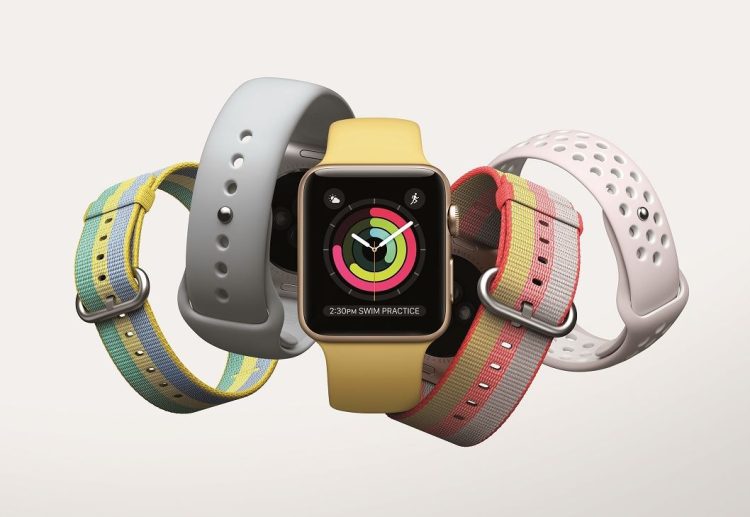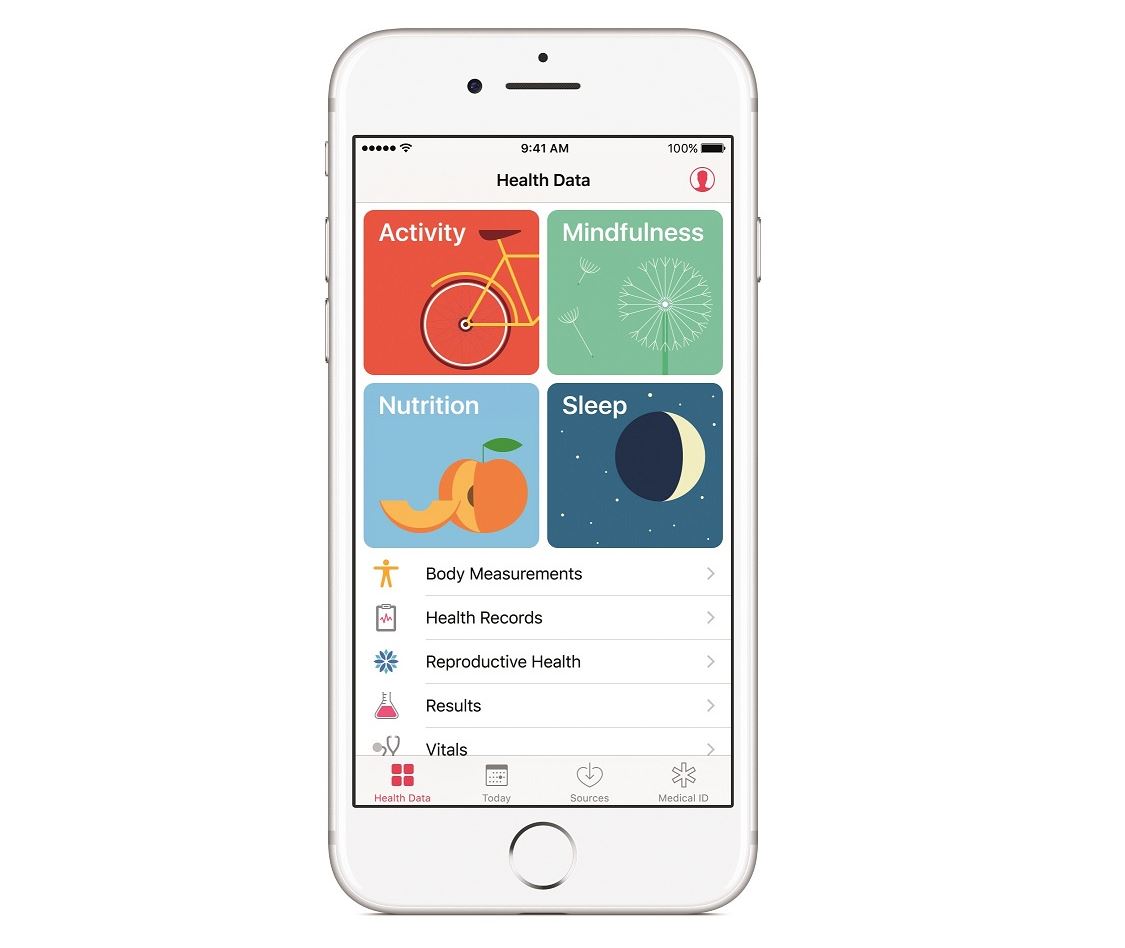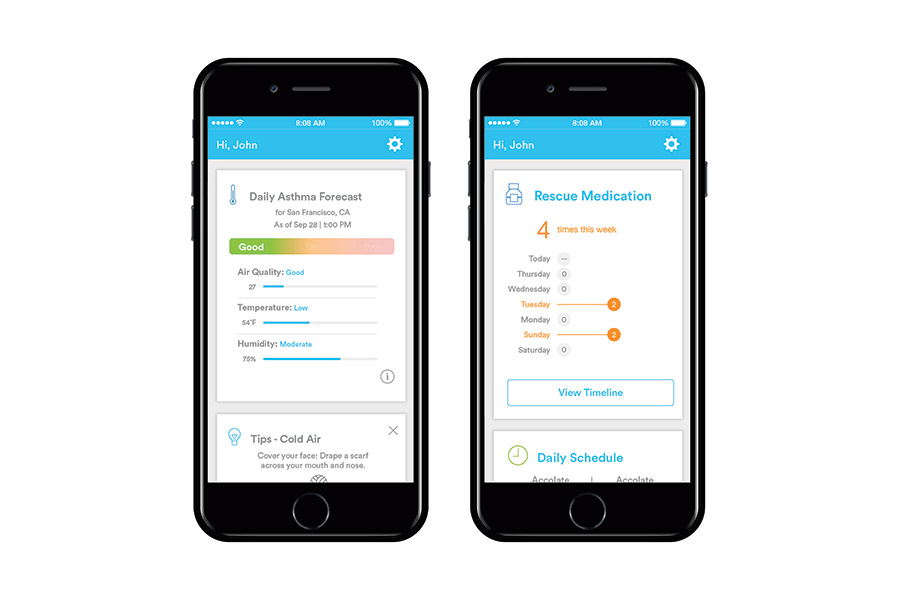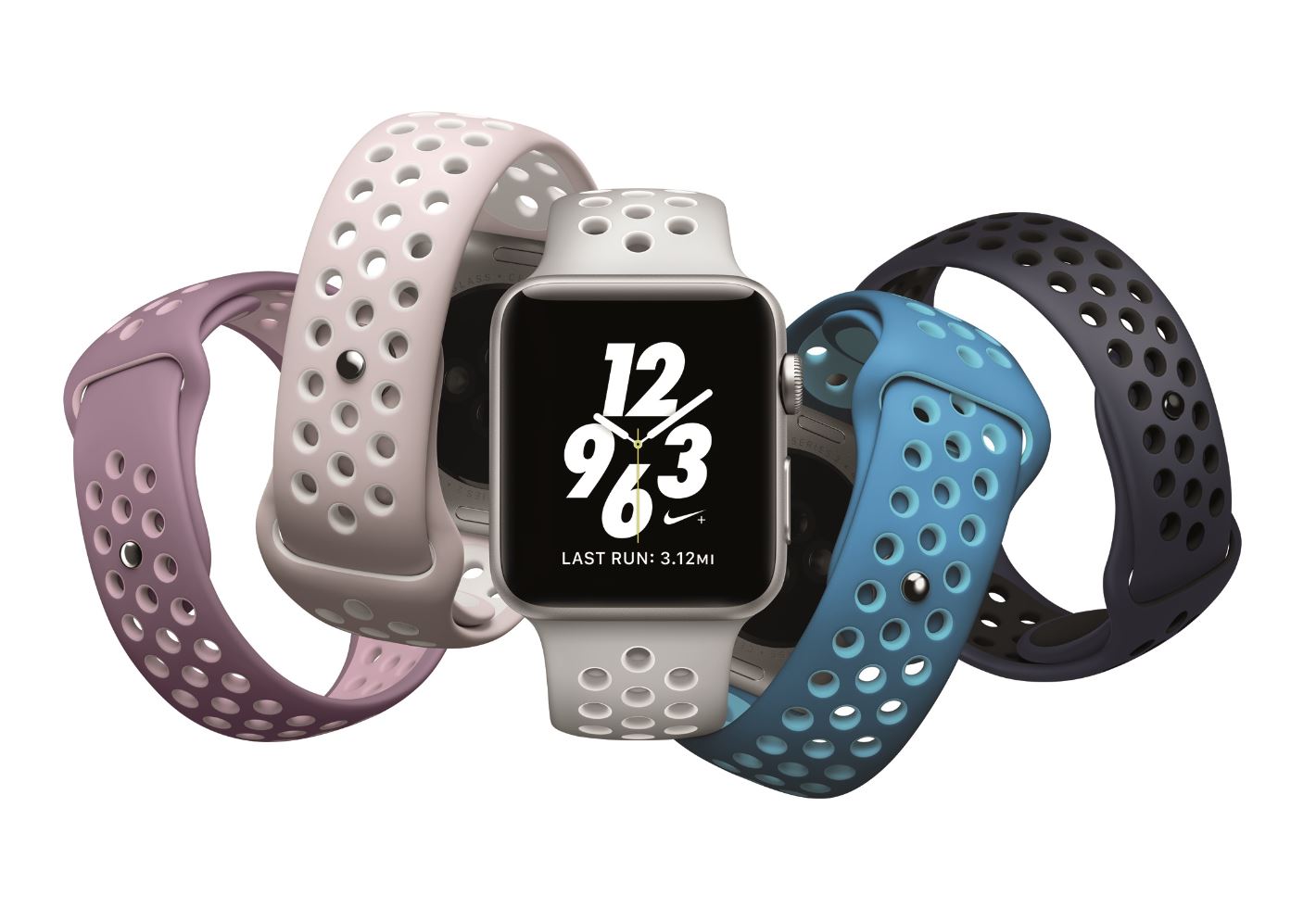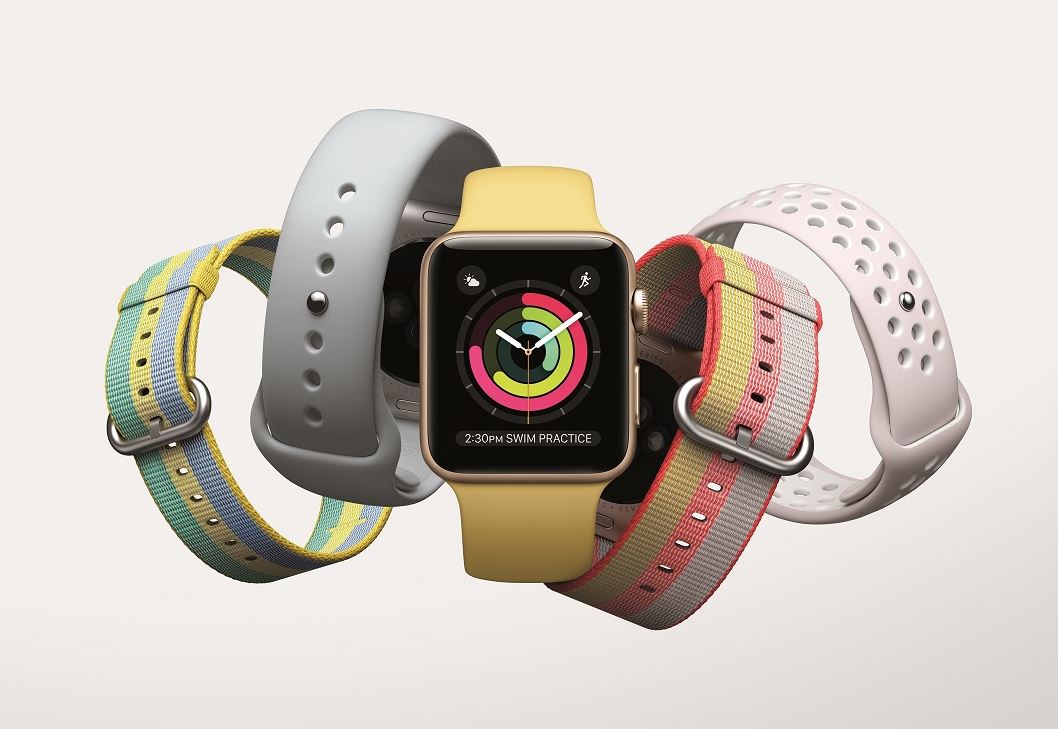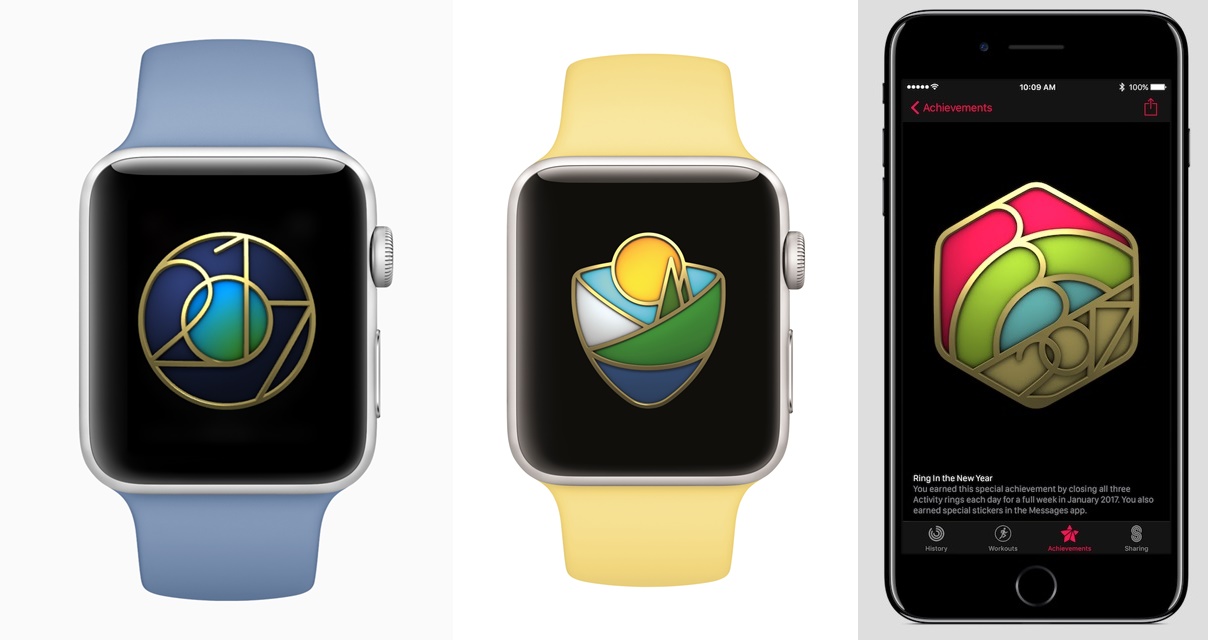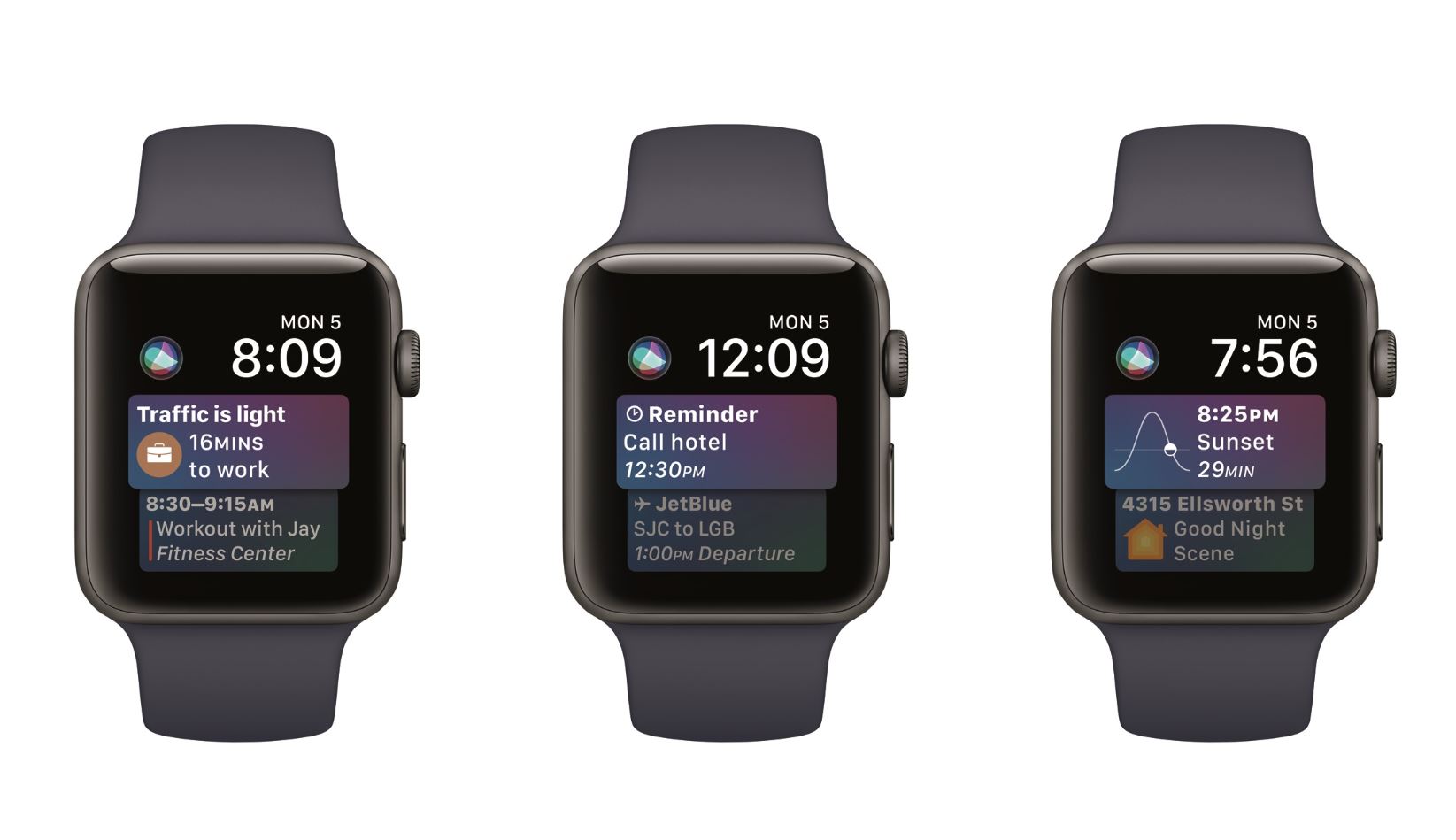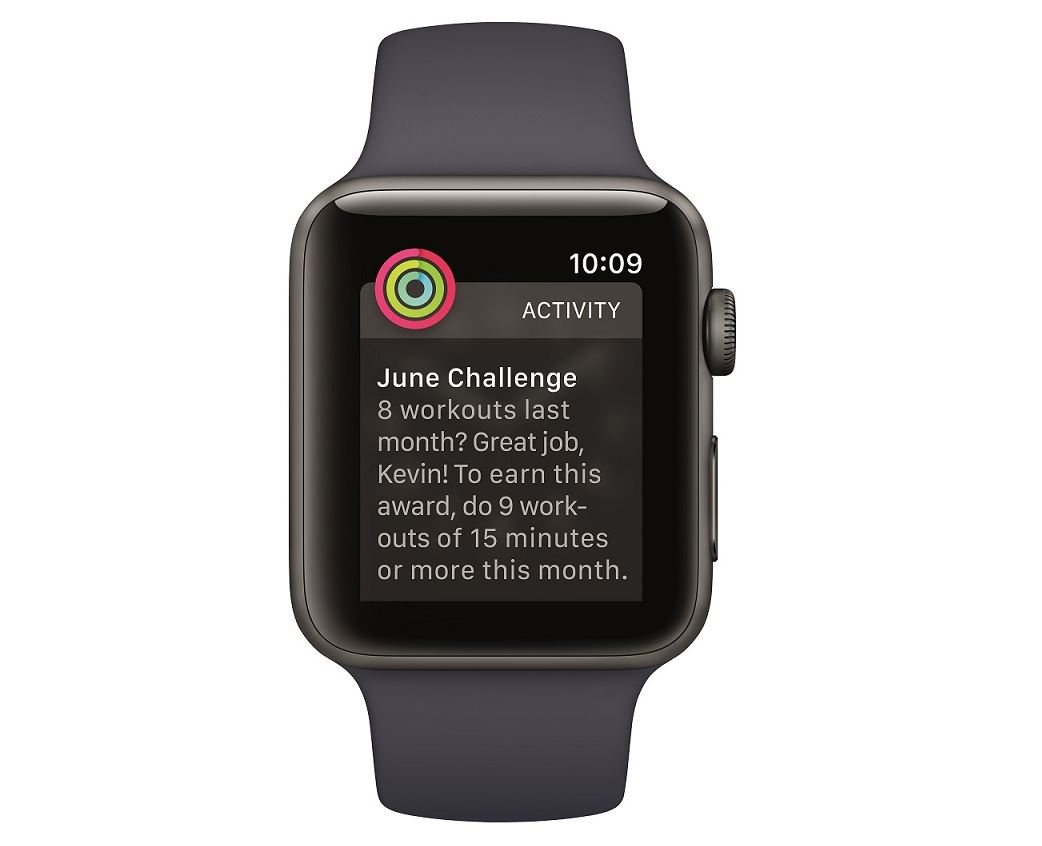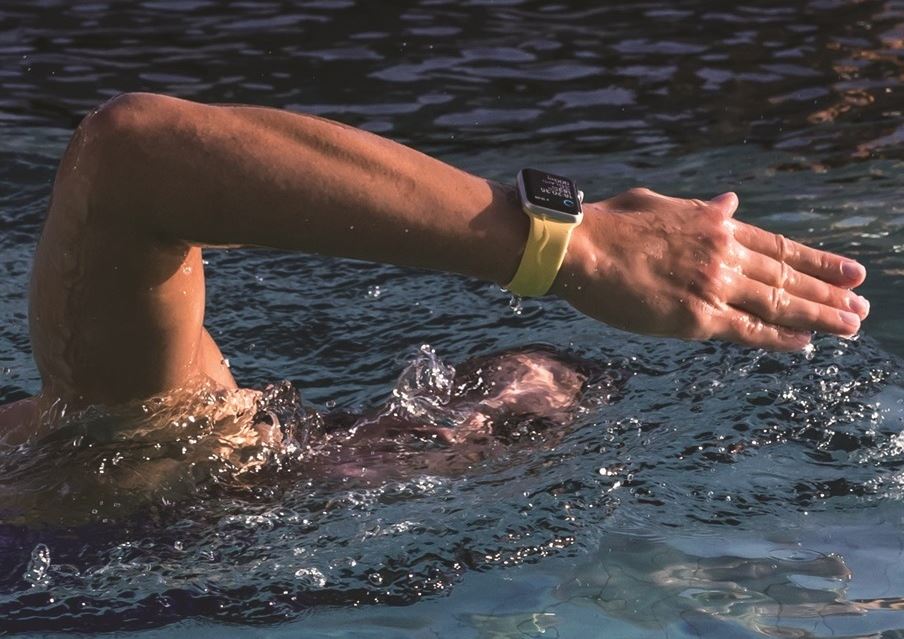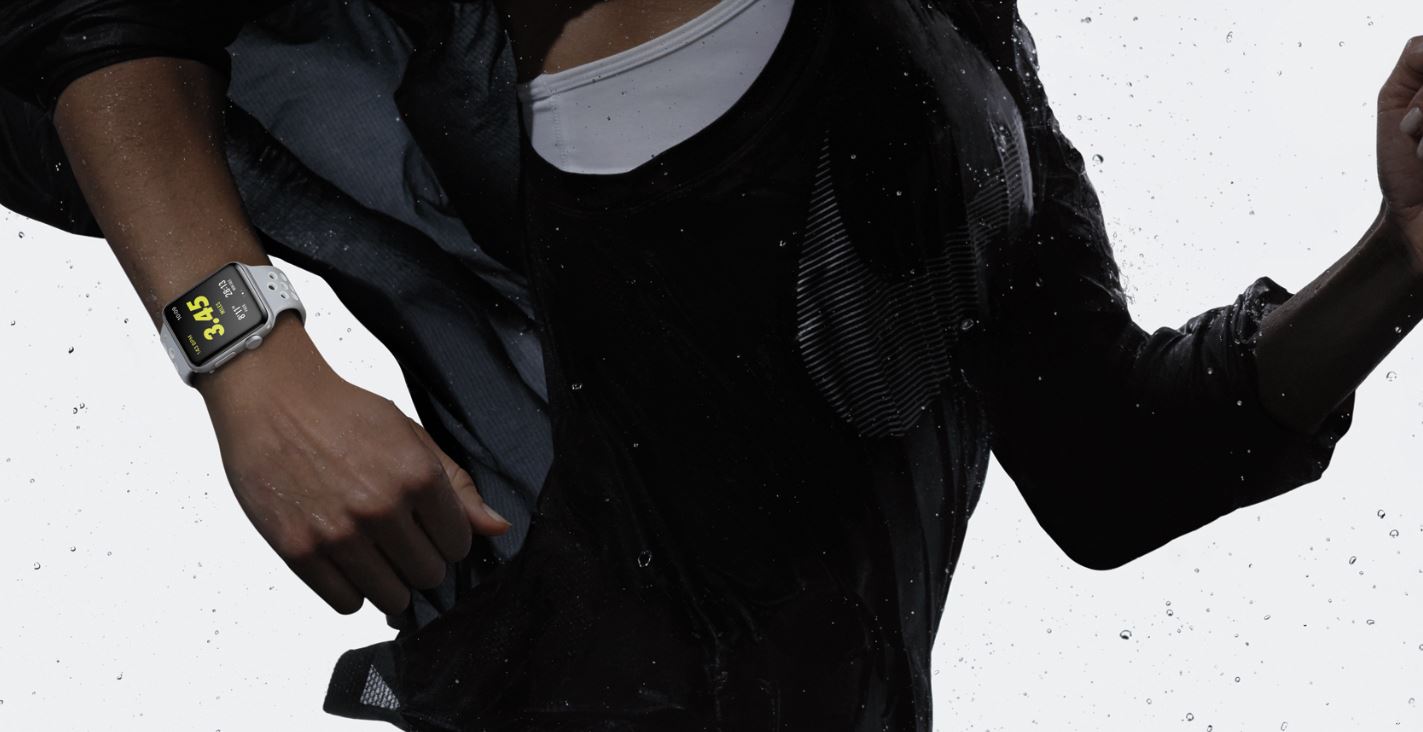Some might argue that since the original iPhone, Apple hasn’t actually created something truly groundbreaking and innovative. That said, one could also argue that Apple’s focus might actually lie elsewhere – on a much larger scale.
While much was made about the Apple Watch when it was first introduced in 2014, few saw the greater significance behind another announcement the company made at that year’s WWDC: HealthKit. The Apple Watch may be Apple’s first entry into wearables, but Apple’s first foray into health and fitness starts with HealthKit.
HealthKit
Introduced in 2014 as part of iOS 8, HealthKit is a framework that allows iOS to collect data points from the user’s daily activity. More importantly, it paved the way for a one-stop silo for everything related to the user’s wellbeing, as HealthKit allows third parties to use – and add – health and activity data into the framework.
At launch, it already had major partners such as Nike onboard, sharing and storing data from and into HealthKit, which lives in iOS as an app called Health. This app serves as a “report card” for the user’s overall well-being, so to say, as it offers an extensive overview of the data collected from devices such as the Apple Watch or other third-party accessories that plug into HealthKit. It also lets users log in a Medical ID, which contains critical information such as blood type, existing medical conditions, medical allergies, and more.
Today, HealthKit is a central figure to many health and wellbeing apps offered on the App Store; over 7,000 apps are contributing data to it. HealthKit is also the reason why these apps work better than on competing ecosystems – the data integration between apps is seamless. And knowing that, developers simply keep coming back.
Propeller, an app designed for asthma and chronic obstructive pulmonary disease patients, syncs with HealthKit to provide a more holistic reading of a user’s well-being, understand their symptoms, and allows the app to generate personalized insights and reminders.
The app works with the Propeller Sensor, a Bluetooth LE-connected sensor that snaps into most common inhalers that not only pings a reminder to the watch app when you miss a dose, but temperature, humidity and pollutant sensors within gather enough data to create a Daily Asthma Forecast for when you should have your inhaler ready.
Since its inception, more partners have begun offering apps and services that plug into HealthKit, turning it into a huge and robust database. But how Apple transforms this trove of data into something genuinely meaningful for its users required another piece of the puzzle: the Apple Watch.
The Apple Watch
The announcement of the Apple Watch in 2014 does seem a little late considering the advancements from the competition, and true enough, the company came back strongly with Series 2 of the Apple Watch. Where the Series 1 tried to be a jack of all trades, Series 2 appeared to have a stronger focus on health and fitness.
On top of the heart rate monitor, the Apple Watch Series 2 introduced built-in GPS, allowing avid runners to keep their Apple Watch on and go for a run without taking their phones with them, safe in the knowledge that the watch will track the run and sync it later on in the Health App. The Series 2 is water-resistant too, allowing users to swim with the watch on. A larger battery was also fitted, increasing time between charges.
But again, the key to the Apple Watch’s usefulness lies within the software. watchOS introduced a graphical representation of the user’s daily activity on the Activity app. Three coloured rings offer glanceable information of the most important measurable aspects of a user’s daily activity: calories burned, steps taken, and something called Stand which is a very useful reminder of standing up and moving about at least once every hour.
These rings appear on almost every watch face available on Apple Watch, which means it’s very hard to lose track of your daily goal of “closing the rings”.
As it turns out, it was surprisingly easy to get humans to stay healthy – you just need to find a way to bring out their competitive natures. “Closing the rings” is Apple’s ingenious way of doing just that. By applying gamification techniques and adding a social element, the company found that Apple Watch users stay engaged for much longer – closing the rings became a matter of pride instead of personal health.
watchOS also has a rewards system in place for active users. Much like Fitbit’s achievement notifications for milestones hit for steps taken or storeys climbed, watchOS offers badges for completing a certain goal. And to spice things up even more, there are seasonal badges that are attainable only for a specific period, making them extra valuable to achieve.
Apple usually ties these badges to specific events, such as Thanksgiving where it offered a one-day-only Turkey Trot badge for going for a workout on a day where people would usually spend a lot of time eating.
If these are not enough, there are also apps like LoseIt that offers activity- and health-based challenges that users can take part in either head-to-head or as a group. By making it into a contest of sorts, users will think of exercise as less of a chore and more of a means to complete a challenge – and begin to make changes to their daily lives.
watchOS 4
But of course, it doesn’t stop there. In the coming weeks, Apple is set to release watchOS 4, and with it a huge amount of new features that empowers Apple Watch users further. Activity rings will gain greater prominence, and a new smart coaching engine continuously learns about your day and offers dynamic, personalised notifications.
For example, watch owners may receive a notification at the start of their day that celebrates the previous day’s workout. Or, it could ping the user as the day goes about how many steps left to close the ring – with enough time to act on it (taking the stairs instead of the escalator, taking a longer route to the car park, etc). The goal here is to deliver the right notification at the right time.
Conversely, if the user consistently closes his or her rings, they won’t get a single notification – they’re already doing a great job, so any interference will likely just be a nuisance.
The smart coaching engine algorithms are entirely developed in house at Apple, which has a dedicated department called the Apple Fitness Lab that has one overarching goal: to research human movement, and how to measure it accurately.
The Apple Fitness Lab has 13 exercise physiologists and specialists, as well as 29 nurses and medics. To date, the lab has completed over 33,000 sessions from over 10,000 unique participants (all Apple employees), totaling over 66,000 hours of data.
It has been said that the number of blood oxygen measuring machines in this lab is higher than premier research facilities in the US. The data are recorded from activities such as running, high intensity interval training (or HIIT) workouts, and swimming.
Speaking of which, swimming is given greater emphasis on watchOS 4. New algorithms automatically detect strokes as well as sets when swimming in a pool. On top of that, open water swimming can also be logged on the Apple Watch – the GPS unit pings for location after each stroke (when the watch is above water), which gives enough data for the algorithm to measure distance and calculate pace.
watchOS 4 also enables independent Bluetooth connections on the Apple Watch, which means users can pair a third-party accessory directly to the watch. This increases the flexibility of accessories that can sync data with the Apple Watch when it is inconvenient to carry a phone around.
Jay Blahnik, Director of Fitness for Health Technologies at Apple, said:
“We know there are many situations where our customers want to be able to connect directly to their Watch without their phone so with watchOS 4 and Core Bluetooth, users will be able to do this.”
A great application of this feature is the Zepp and Xensr Apple Watch apps. Both these apps are focused on a specific sport (Zepp for tennis and Xensr for surfing), and both apps also encourage the use of additional sensors that can be attached to a racquet or surfboard, which allows it to capture data that have previously proved challenging.
The new Zepp tennis racquet sensor captures and provides instant on-court performance feedback that includes ball speed, spin, sweet spot, and heart rate. On the other hand, those who attach the Xensr Air 3DGPS sensor on a their surfboards can view in real-time how many waves they’ve caught vs. attempted, their best speed, length of a ride, real-time swell measurement, jump heights, and combine their surf performance with heart rate and calorie burn.
These information is shown directly to the Apple Watch apps, negating the need to carry the users’ iPhones to potentially dangerous locations.
Besides watchOS 4, Apple is also attempting to gather data that are usually lost when users work out in the gym. For that, the company is releasing GymKit, which works similarly to HealthKit.
GymKit
The idea is simple. When an Apple Watch user runs on a treadmill, the distance logged by the watch and the treadmill will usually vary – the treadmill’s reading would be more accurate than the accelerometer on the watch. Similarly, the treadmill’s heart rate monitor is not as accurate as the optical sensor on the Apple Watch.
What if there’s a framework that allows both of these devices to “speak” to each other and sync the collected data for a more accurate workout summary?
That is exactly what GymKit aims to achieve. GymKit unlocks the NFC chip on the Apple Watch to connect to compatible gym equipment and establish a Bluetooth connection (which is enabled on watchOS 4), allowing both devices to sync collected data. More importantly, you also take that data back with you to HealthKit. Essentially, the goal is to simply tap and sync without any further input from the user, allowing them to focus solely on the workout.
And much like HealthKit, the significance of GymKit will take time to be tangible. Compatibility is a major stumbling block, and that’s the first hurdle Apple is aiming to overcome. It has already roped in the biggest gym equipment manufacturers, such as Life Fitness, Star Trac, Schwinn, and many more; together, they make up 80% of the gym equipment used in gyms worldwide.
The first of these GymKit-compatible equipment will roll out together with watchOS 4, but the adoption rate will likely be slow. Gyms will need to replace the older machines, and this will only be done at the discretion of management – so it may take a while yet before you can tap and sync your workout at your local gym.
GymKit opens up more interesting opportunities for these local gym owners as well. With GymKit, Apple is envisioning the future of a “connected gym”, which not only includes seamless check-in processes at the front door, or the connected equipment, but rather one where even trainers can benefit too.
For example, trainers can get profiles of members joining a certain class displayed on an iPad, which can then show real-time progress of those members, allowing for more personalised training. Another application is jointly developed with luxury American fitness company Equinox. Called The Pursuit, it is an immersive studio cycling experience that pits members against each other (both individually and in teams), with real-time progress relayed on screen to push members to deliver their maximum effort. Their workout data then goes with them via their Apple Watch, which is synced to the bikes.
How It All Adds Up
It is clear that Apple has been working tremendously hard behind the scenes to integrate its services a little higher up the chain. HealthKit allows apps to perform much better with the additional raw data, which in turn improves the user experience when using the apps. Similarly, GymKit offers one-touch convenience for users, and a connected gym for businesses that elevate the entire gym experience.
By offering its services beyond just end-user hardware, Apple is gradually making itself indispensable to other businesses. More importantly, this will reduce the company’s reliance on the iPhone as a revenue generator. As it is, revenue from services (apps, content, etc) surpassed that of the iPad and Mac and recorded the second-highest growth for the company’s most recent quarter.
While it certainly sounds unsexy for Apple to focus less on hardware, its motivation to move higher up the chain is certainly sound from a business standpoint. You could use different hardware, but there’s a good chance they’ll sync to an Apple service. The company is ingeniously using the App Store model to light up its path in the health and fitness industries – create a platform that businesses will want to leverage, and generate continuous, sustainable revenue out of it further down the line.
These efforts not only solidify Apple’s business in the long run, but more importantly they are actually making a tangibly positive impact for its users – that’s not something a lot of companies can claim these days.

